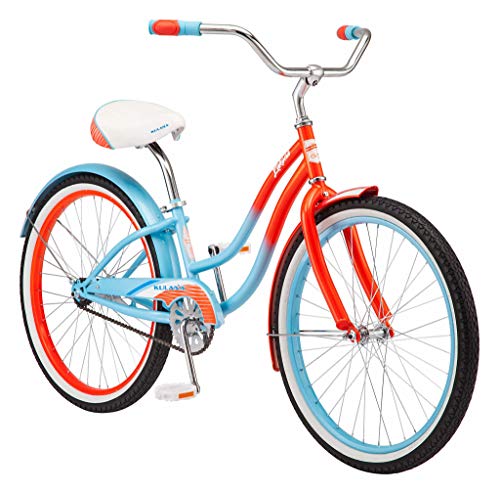The Renaissance Man
__CERTIFIED DIVER__ (Open Water & Open Dumpster)
Staff member
Moderator
Pro Member
I am looking into wading into the water of frame building and need the advice from you experienced builders (and anyone else who might have any insights) so that I can learn from your mistakes and successes.
Please feel free to think out loud about anything as it pertains to a scratch built frame even if you think it's obvious!
Things that I have been considering so far include:
What type bottom bracket (American or threaded)?
What type head tube?
What seat tube diameter?
What drop out spacing?
BB width?
Etc. Etc.
There is a lot of info on the internet (e.g. Sheldon Brown), so post any good links also!
Thank you in advance!!!
Please feel free to think out loud about anything as it pertains to a scratch built frame even if you think it's obvious!
Things that I have been considering so far include:
What type bottom bracket (American or threaded)?
What type head tube?
What seat tube diameter?
What drop out spacing?
BB width?
Etc. Etc.
There is a lot of info on the internet (e.g. Sheldon Brown), so post any good links also!
Thank you in advance!!!































































